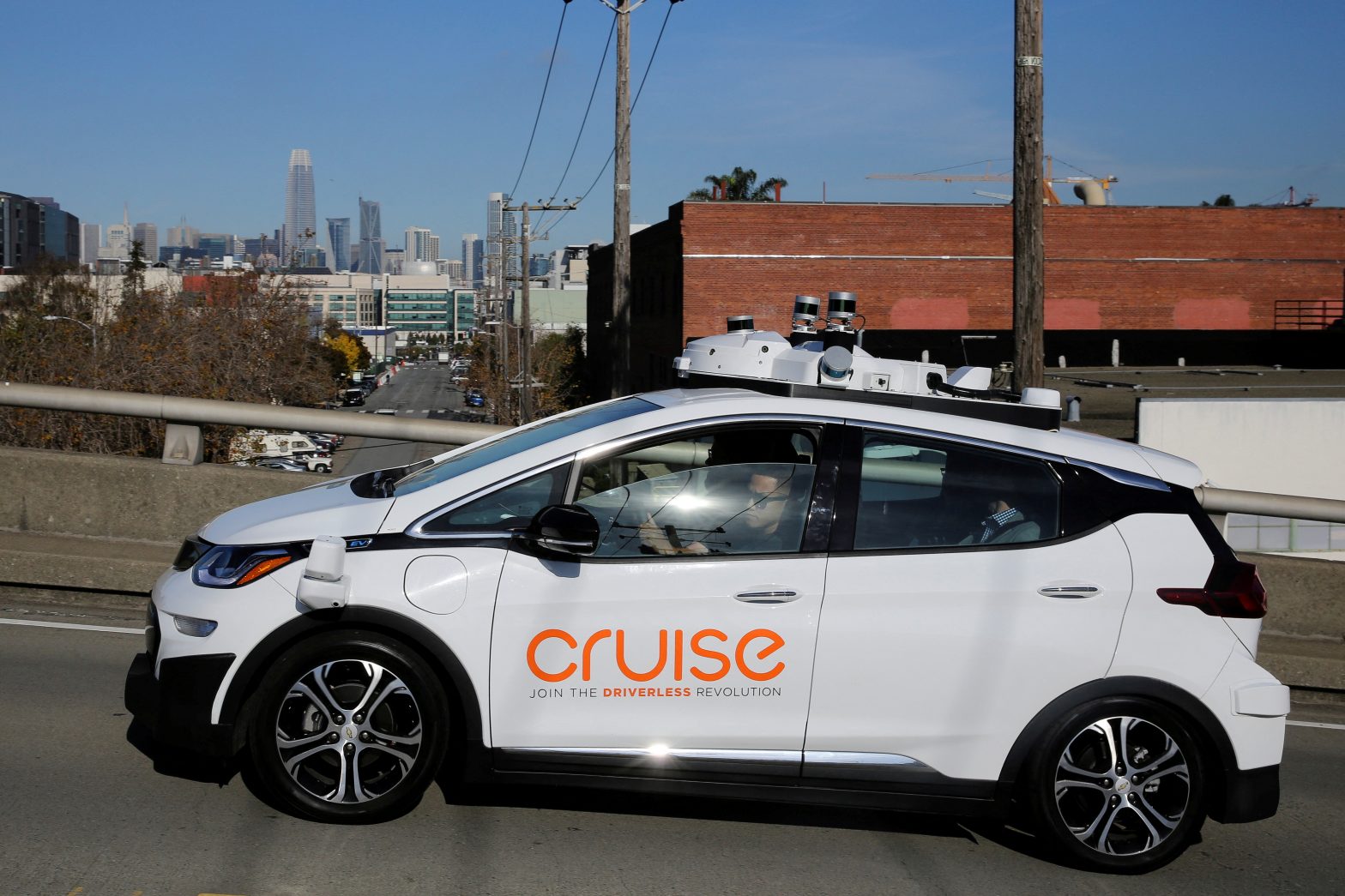Dec 4 (Reuters) – General Motors’ (GM.N) Cruise robotaxi unit could face $1.5 million in fines and additional sanctions over its failure to disclose details of an Oct. 2 accident in which a robotaxi dragged a pedestrian 20 feet (6.1 meters) after being struck by another vehicle, a California agency said.
Separately, GM Chief Executive Mary Barra said on Monday that the automaker’s external review of Cruise’s safety will last into the first quarter of 2024.
The company is also reviewing Cruise’s handling of interactions with regulators and first responders as part of a pair of external reviews. “We will be transparent. I am not going to rush either of them,” Barra said.
The growing regulatory pressure could hamper GM and Cruise’s effort to rebuild trust and restart operations in California after coming under fire for allegedly withholding information about the crash in San Francisco.
Last month, Cruise paused all driverless and supervised car trips in the United States and expanded a safety review of its robotaxis, and CEO Kyle Vogt and chief product officer Daniel Kan both stepped down.
The California Public Utilities Commission (CPUC) in a document dated Friday ordered Cruise to appear at a Feb. 6 hearing for “misleading the Commission through omission regarding the extent and seriousness of the accident” and “making misleading public comments regarding its interactions with the commission.” The order was by a CPUC administrative law judge and a commissioner.
Forbes reported the CPUC news earlier on Monday.
On Oct. 3, Jose Alvarado, a senior manager of government affairs at Cruise, telephoned commission analyst Ashlyn Kong and informed her of the collision, according to the ruling. The description “omitted that the Cruise AV had engaged in the pullover maneuver which resulted in the pedestrian being dragged an additional 20 feet at 7 mph (11.27 km per hour),” the documents said, using the abbreviation AV for autonomous vehicle.
Kong said in a Nov. 8 statement that Cruise’s blog posting that it “proactively” shared information with the commission “including the full video” is “inaccurate.”
“The full video was shared only in response to a data request more than two weeks after the incident,” she said.
“Cruise is committed to rebuilding trust with our regulators and will respond in a timely manner to the CPUC,” the company said in a statement.
The San Francisco skyline is seen behind a self-driving GM Bolt EV during a media event where Cruise, GM’s autonomous car unit, showed off its self-driving cars in San Francisco, California, U.S. November 28, 2017. REUTERS/Elijah Nouvelage/File Photo Acquire Licensing Rights
LOSSES
In an appearance at the Detroit Automotive Press Association on Monday, GM’s Barra declined to say what level of losses she could accept at Cruise going forward. Cruise, which is cutting jobs, lost more than $700 million in the third quarter and more than $8 billion since 2016.
“I would call it an investment not a loss,” Barra said. “We have to have the right plan. We have to communicate it … and we will do that at the appropriate time.”
But GM investors said it will take time for Cruise to turn around.
“I don’t think there’s any expectation from our standpoint that this is going to be a one-, two-, three- or even six-month issue,” said portfolio manager Tim Piechowski at ACR Alpine Capital Research, which has a $290 million in investment in GM. “It’s going to be a longer time item for them to repair.”
The California commission has the authority to fine a public utility up to $100,000 per day if there is a violation plus other penalties, according to the judge’s order. The CPUC said in its Friday ruling that Cruise took 15 days to give a full account of the accident. That could lead to a fine of up to $1.5 million.
CPUC commissioners in August voted in favor of a plan by Cruise and Alphabet’s (GOOGL.O) Waymo to take paying passengers day or night throughout San Francisco, despite vigorous opposition from some residents and city agencies.
In October, California’s Department of Motor Vehicles barred Cruise self-driving vehicles from public roads following the accident.
Cruise’s troubles are also a setback for an industry dependent on public trust and the cooperation of regulators. The company had in recent months touted ambitious plans to expand to more cities, offering fully autonomous taxi rides. GM had told investors Cruise and its technology could generate $50 billion a year in revenue by 2030.
GM has hired an outside law firm to conduct a review of Cruise management’s handling of the Oct. 2 incident and the response to regulators. Cruise has also said it is planning to relaunch in one unspecified city before expanding to others.
By Dec. 18, GM is supposed to hand-deliver a “verified statement” which includes facts and arguments regarding CPUC’s charges, all attachments, along with a three-ringed binder containing a copy of all authorities, to the administrative judge.
Reporting by Hyunjoo Jin in San Francisco and David Shepardson in Washington, Additional reporting by Abhirup Roy in San Francisco and Joseph White in Detroit
Editing by Peter Henderson, Sayantani Ghosh, Nick Zieminski and Matthew Lewis
Our Standards: The Thomson Reuters Trust Principles.
